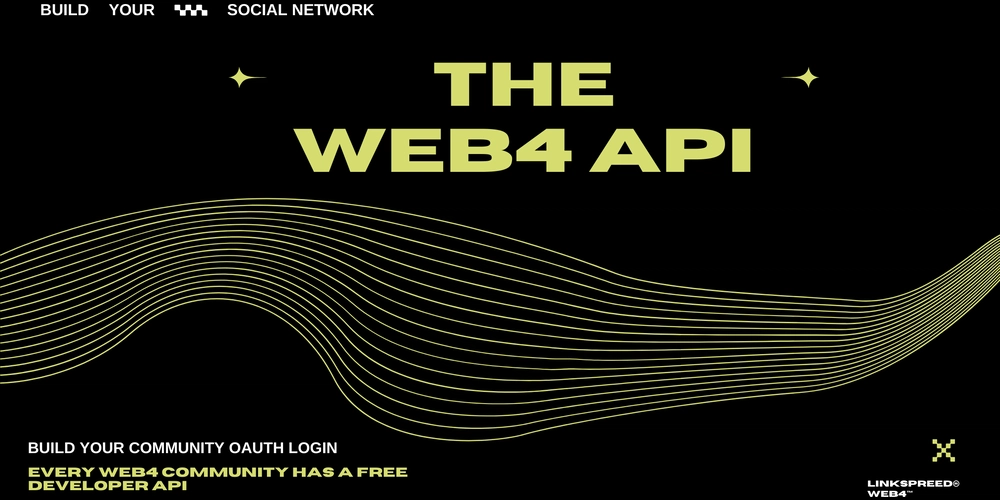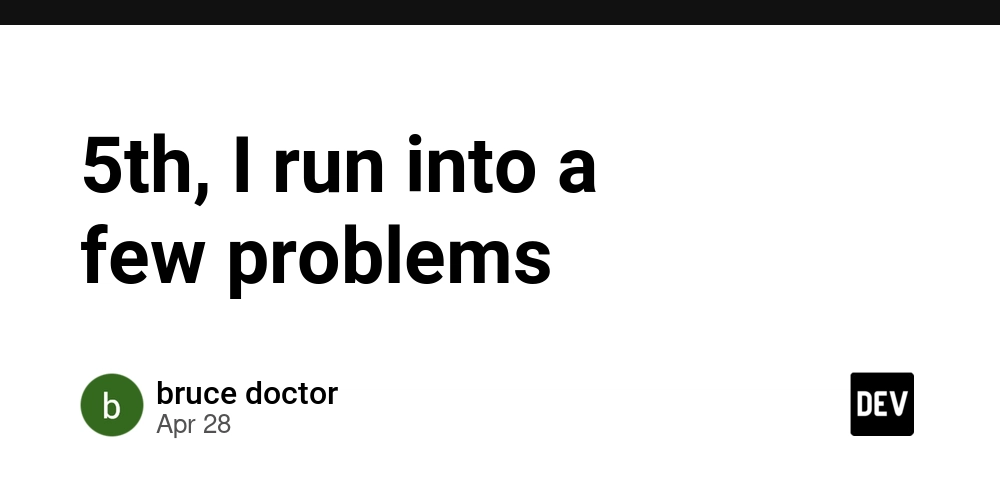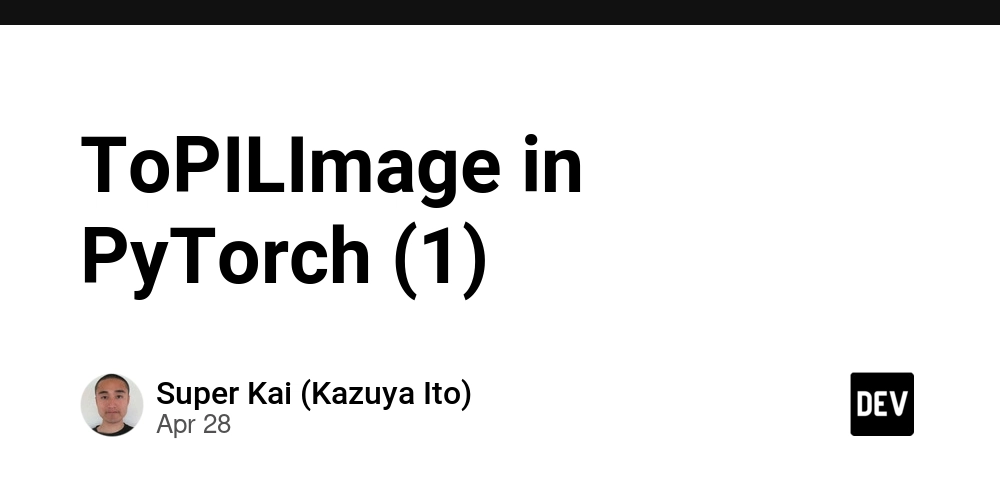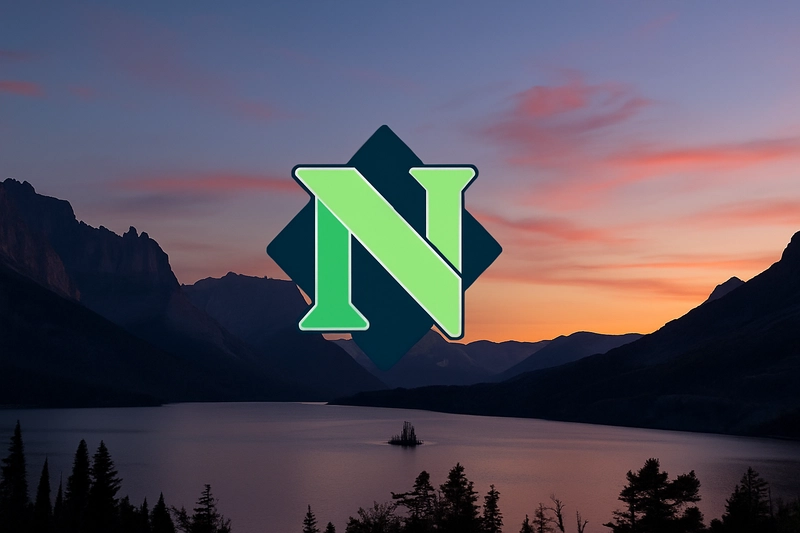Linkspreed Web4 API: Unify Your Digital Ecosystem with Community OAuth
In today's fragmented digital landscape, organizations often manage multiple platforms – from community forums and internal tools to customer portals and specialized applications. This fragmentation can lead to a disjointed user experience, requiring users to juggle multiple login credentials. Linkspreed's community platform addresses this challenge head-on with its built-in Web4 API, offering a powerful OAuth 2.0 implementation to streamline authentication across your entire digital ecosystem. If you're running a community on Linkspreed and looking to integrate it seamlessly with other services your organization offers, the Web4 API is your key. This post dives into how developers can leverage this API to implement a Single Sign-On (SSO) experience, allowing users to log into various applications using their familiar community credentials. (Podcast: https://youtu.be/y2UThXbGqts) WHAT IS THE LINKSPREED WEB4 API? Bundled with every Linkspreed community platform instance, the Web4 API provides programmatic access to community data and functionalities. While it supports various data retrieval operations (like fetching user profiles, posts, groups, etc.), its standout feature for integration is the robust OAuth 2.0 provider capability. This allows your Linkspreed community to act as an Identity Provider (IdP). In essence, you can build an authentication flow where other applications (Service Providers or SPs) trust the Linkspreed community to verify a user's identity. THE POWER OF UNIFIED LOGIN: WHY USE OAUTH? Implementing OAuth via the Web4 API offers significant advantages: Seamless User Experience: Users log in once to their community account and gain access to connected applications without needing separate credentials. Simplified User Management: Reduces the overhead of managing disparate user databases across multiple platforms. Enhanced Security: Leverages the secure authentication mechanism of the core community platform. Centralizes authentication control. Integrated Ecosystem: Creates a cohesive experience, linking your community hub with other essential tools, fostering engagement and utility. Imagine users logging into your support portal, e-learning platform, or internal dashboard using the same credentials they use for your Linkspreed community – that's the power the Web4 API unlocks. GETTING STARTED: THE OAUTH 2.0 FLOW EXPLAINED The Web4 API utilizes the standard OAuth 2.0 Authorization Code Grant flow. Here’s a step-by-step breakdown for developers: Step 1: Create a Development Application Before initiating the OAuth flow, you need to register your external application (the one users will log into) within your Linkspreed community's administration panel. This process generates crucial credentials: APP_ID: Your application's unique identifier. APP_SECRET: A confidential key used for secure communication. Keep your APP_SECRET secure and never expose it in client-side code. Step 2: Initiate the Authorization Request Redirect the user from your application to the Linkspreed community's authorization endpoint. Construct the URL like this: https://[your_community].web4.one/oauth?app_id={YOUR_APP_ID} Replace [your_community].web4.one with your actual community domain and {YOUR_APP_ID} with the ID obtained in Step 1. Step 3: User Authorization The user will be presented with a consent screen on the Linkspreed community site, asking them to authorize your application to access their basic information. Step 4: Receive the Authorization Code Upon successful authorization, Linkspreed redirects the user back to the Redirect URI you configured when creating the development application. This redirect includes a temporary 'code' parameter in the query string: http://yourdomain.com/callback?code=XXX (Where http://yourdomain.com/callback is your registered Redirect URI). Step 5: Exchange the Code for an Access Token This critical step must happen server-side to protect your APP_SECRET. Your application's backend makes a request to the Linkspreed 'authorize' endpoint, sending the received 'code', your 'APP_ID', and your 'APP_SECRET': GET https://[your_community].web4.one/authorize?app_id={YOUR_APP_ID}&app_secret={YOUR_APP_SECRET}&code={RECEIVED_CODE} Here's a conceptual PHP example provided in the Linkspreed documentation: Plain textANTLR4BashCC#CSSCoffeeScriptCMakeDartDjangoDockerEJSErlangGitGoGraphQLGroovyHTMLJavaJavaScriptJSONJSXKotlinLaTeXLessLuaMakefileMarkdownMATLABMarkupObjective-CPerlPHPPowerShell.propertiesProtocol BuffersPythonRRubySass (Sass)Sass (Scss)SchemeSQLShellSwiftSVGTSXTypeScriptWebAssemblyYAMLXML // Ensure these are securely stored, not hardcoded directly if possible $app_id = 'YOUR_APP_ID'; $app_secret = 'YOUR_APP_SECRET'; $code = $_GET['code']; // The code received in the callback // Construct the authorization URL $auth_url = "https://[your_community].web4.one/authorize?app

In today's fragmented digital landscape, organizations often manage multiple platforms – from community forums and internal tools to customer portals and specialized applications. This fragmentation can lead to a disjointed user experience, requiring users to juggle multiple login credentials. Linkspreed's community platform addresses this challenge head-on with its built-in Web4 API, offering a powerful OAuth 2.0 implementation to streamline authentication across your entire digital ecosystem.
If you're running a community on Linkspreed and looking to integrate it seamlessly with other services your organization offers, the Web4 API is your key. This post dives into how developers can leverage this API to implement a Single Sign-On (SSO) experience, allowing users to log into various applications using their familiar community credentials.
(Podcast: https://youtu.be/y2UThXbGqts)
WHAT IS THE LINKSPREED WEB4 API?
Bundled with every Linkspreed community platform instance, the Web4 API provides programmatic access to community data and functionalities. While it supports various data retrieval operations (like fetching user profiles, posts, groups, etc.), its standout feature for integration is the robust OAuth 2.0 provider capability.
This allows your Linkspreed community to act as an Identity Provider (IdP). In essence, you can build an authentication flow where other applications (Service Providers or SPs) trust the Linkspreed community to verify a user's identity.
THE POWER OF UNIFIED LOGIN: WHY USE OAUTH?
Implementing OAuth via the Web4 API offers significant advantages:
Seamless User Experience: Users log in once to their community account and gain access to connected applications without needing separate credentials.
Simplified User Management: Reduces the overhead of managing disparate user databases across multiple platforms.
Enhanced Security: Leverages the secure authentication mechanism of the core community platform. Centralizes authentication control.
Integrated Ecosystem: Creates a cohesive experience, linking your community hub with other essential tools, fostering engagement and utility.
Imagine users logging into your support portal, e-learning platform, or internal dashboard using the same credentials they use for your Linkspreed community – that's the power the Web4 API unlocks.
GETTING STARTED: THE OAUTH 2.0 FLOW EXPLAINED
The Web4 API utilizes the standard OAuth 2.0 Authorization Code Grant flow. Here’s a step-by-step breakdown for developers:
Step 1: Create a Development Application
Before initiating the OAuth flow, you need to register your external application (the one users will log into) within your Linkspreed community's administration panel. This process generates crucial credentials:
APP_ID: Your application's unique identifier.
APP_SECRET: A confidential key used for secure communication.
Keep your APP_SECRET secure and never expose it in client-side code.
Step 2: Initiate the Authorization Request
Redirect the user from your application to the Linkspreed community's authorization endpoint. Construct the URL like this:
https://[your_community].web4.one/oauth?app_id={YOUR_APP_ID}
Replace [your_community].web4.one with your actual community domain and {YOUR_APP_ID} with the ID obtained in Step 1.
Step 3: User Authorization
The user will be presented with a consent screen on the Linkspreed community site, asking them to authorize your application to access their basic information.
Step 4: Receive the Authorization Code
Upon successful authorization, Linkspreed redirects the user back to the Redirect URI you configured when creating the development application. This redirect includes a temporary 'code' parameter in the query string:
http://yourdomain.com/callback?code=XXX
(Where http://yourdomain.com/callback is your registered Redirect URI).
Step 5: Exchange the Code for an Access Token
This critical step must happen server-side to protect your APP_SECRET. Your application's backend makes a request to the Linkspreed 'authorize' endpoint, sending the received 'code', your 'APP_ID', and your 'APP_SECRET':
GET https://[your_community].web4.one/authorize?app_id={YOUR_APP_ID}&app_secret={YOUR_APP_SECRET}&code={RECEIVED_CODE}
Here's a conceptual PHP example provided in the Linkspreed documentation:
Plain textANTLR4BashCC#CSSCoffeeScriptCMakeDartDjangoDockerEJSErlangGitGoGraphQLGroovyHTMLJavaJavaScriptJSONJSXKotlinLaTeXLessLuaMakefileMarkdownMATLABMarkupObjective-CPerlPHPPowerShell.propertiesProtocol BuffersPythonRRubySass (Sass)Sass (Scss)SchemeSQLShellSwiftSVGTSXTypeScriptWebAssemblyYAMLXML
// Ensure these are securely stored, not hardcoded directly if possible $app_id = 'YOUR_APP_ID'; $app_secret = 'YOUR_APP_SECRET'; $code = $_GET['code']; // The code received in the callback // Construct the authorization URL $auth_url = "https://[your_community].web4.one/authorize?app_id={$app_id}&app_secret={$app_secret}&code={$code}"; // Make the server-side request $response = file_get_contents($auth_url); $json_response = json_decode($response, true); $access_token = null; if (!empty($json_response['access_token'])) { $access_token = $json_response['access_token']; // Securely store this token, often in the user's session // Proceed to fetch user data or log the user in } else { // Handle error: Authorization failed or invalid code/credentials error_log("Failed to obtain access token: " . $response); } ?>
If successful, the response will be a JSON object containing the 'access_token'.
Step 6: Access Protected Resources (User Data)
With the 'access_token', your application can now make authenticated requests to the Web4 API endpoint to retrieve user information or other permitted data.
The API endpoint for data retrieval is:
https://[your_community].web4.one/app_api
You need to include the 'access_token' and specify the type of data you want using the 'type' parameter.
Example API Call (using the obtained $access_token):
Plain textANTLR4BashCC#CSSCoffeeScriptCMakeDartDjangoDockerEJSErlangGitGoGraphQLGroovyHTMLJavaJavaScriptJSONJSXKotlinLaTeXLessLuaMakefileMarkdownMATLABMarkupObjective-CPerlPHPPowerShell.propertiesProtocol BuffersPythonRRubySass (Sass)Sass (Scss)SchemeSQLShellSwiftSVGTSXTypeScriptWebAssemblyYAMLXML
// Assuming $access_token was obtained successfully in the previous step if ($access_token) { $type = "get_user_data"; // Specify the desired data type $api_url = "https://[your_community].web4.one/app_api?access_token={$access_token}&type={$type}"; $user_data_response = file_get_contents($api_url); $user_data_json = json_decode($user_data_response, true); if (!empty($user_data_json['api_status']) && $user_data_json['api_status'] === 'success') { $user_info = $user_data_json['user_data']; // Now you have the user's details (ID, username, name, profile picture, etc.) // Use this info to log the user into your application or personalize their experience. // Example: Find or create a local user account linked to $user_info['id'] print_r($user_info); } else { // Handle API error error_log("Failed to fetch user data: " . $user_data_response); } } ?>
Supported Data Types ('type' parameter):
get_user_data: Retrieves profile information of the authorized user.
posts_data: Fetches posts (likely requires specific permissions).
get_pages, get_groups, get_products: Access data related to pages, groups, or products.
get_followers, get_following, get_friends: Retrieve social connection data.
You can also use the 'limit' parameter (default: 20, max: 100) to control the number of items returned for list-based types.
Example 'get_user_data' Response:
Plain textANTLR4BashCC#CSSCoffeeScriptCMakeDartDjangoDockerEJSErlangGitGoGraphQLGroovyHTMLJavaJavaScriptJSONJSXKotlinLaTeXLessLuaMakefileMarkdownMATLABMarkupObjective-CPerlPHPPowerShell.propertiesProtocol BuffersPythonRRubySass (Sass)Sass (Scss)SchemeSQLShellSwiftSVGTSXTypeScriptWebAssemblyYAMLXML{ "api_status": "success", "api_version": "1.3", "user_data": { "id": "123", "username": "john_doe", "first_name": "John", "last_name": "Doe", "gender": "male", "birthday": "YYYY-MM-DD", "about": "About me text...", "website": "https://johndoe.com", "facebook": "", "twitter": "johndoe_twitter", "vk": "", "google+": "", "profile_picture": "https://[your_community].web4.one/path/to/profile.jpg", "cover_picture": "https://[your_community].web4.one/path/to/cover.jpg", "verified": "0", // or "1" "url": "https://[your_community].web4.one/john_doe" } }
BUILDING A CONNECTED FUTURE
The Linkspreed Web4 API's OAuth functionality is more than just a technical feature; it's a strategic tool. By implementing it, you transform your community platform from a standalone silo into a central identity hub for your organization's digital services. This fosters a more integrated, user-friendly, and efficient environment for both your users and your development teams.
Start exploring the Web4 API today and unlock the potential of a truly connected digital ecosystem built around your Linkspreed community.
Podcast: https://youtu.be/y2UThXbGqts
































































































































































![[The AI Show Episode 143]: ChatGPT Revenue Surge, New AGI Timelines, Amazon’s AI Agent, Claude for Education, Model Context Protocol & LLMs Pass the Turing Test](https://www.marketingaiinstitute.com/hubfs/ep%20143%20cover.png)































































































































![[DEALS] Koofr Cloud Storage: Lifetime Subscription (1TB) (80% off) & Other Deals Up To 98% Off – Offers End Soon!](https://www.javacodegeeks.com/wp-content/uploads/2012/12/jcg-logo.jpg)
























![Is this too much for a modular monolith system? [closed]](https://i.sstatic.net/pYL1nsfg.png)




















































































































_roibu_Alamy.jpg?width=1280&auto=webp&quality=80&disable=upscale#)




 CISO’s Core Focus.webp?#)







































































































![M4 MacBook Air Drops to Just $849 - Act Fast! [Lowest Price Ever]](https://www.iclarified.com/images/news/97140/97140/97140-640.jpg)
![Apple Smart Glasses Not Close to Being Ready as Meta Targets 2025 [Gurman]](https://www.iclarified.com/images/news/97139/97139/97139-640.jpg)
![iPadOS 19 May Introduce Menu Bar, iOS 19 to Support External Displays [Rumor]](https://www.iclarified.com/images/news/97137/97137/97137-640.jpg)




































































































